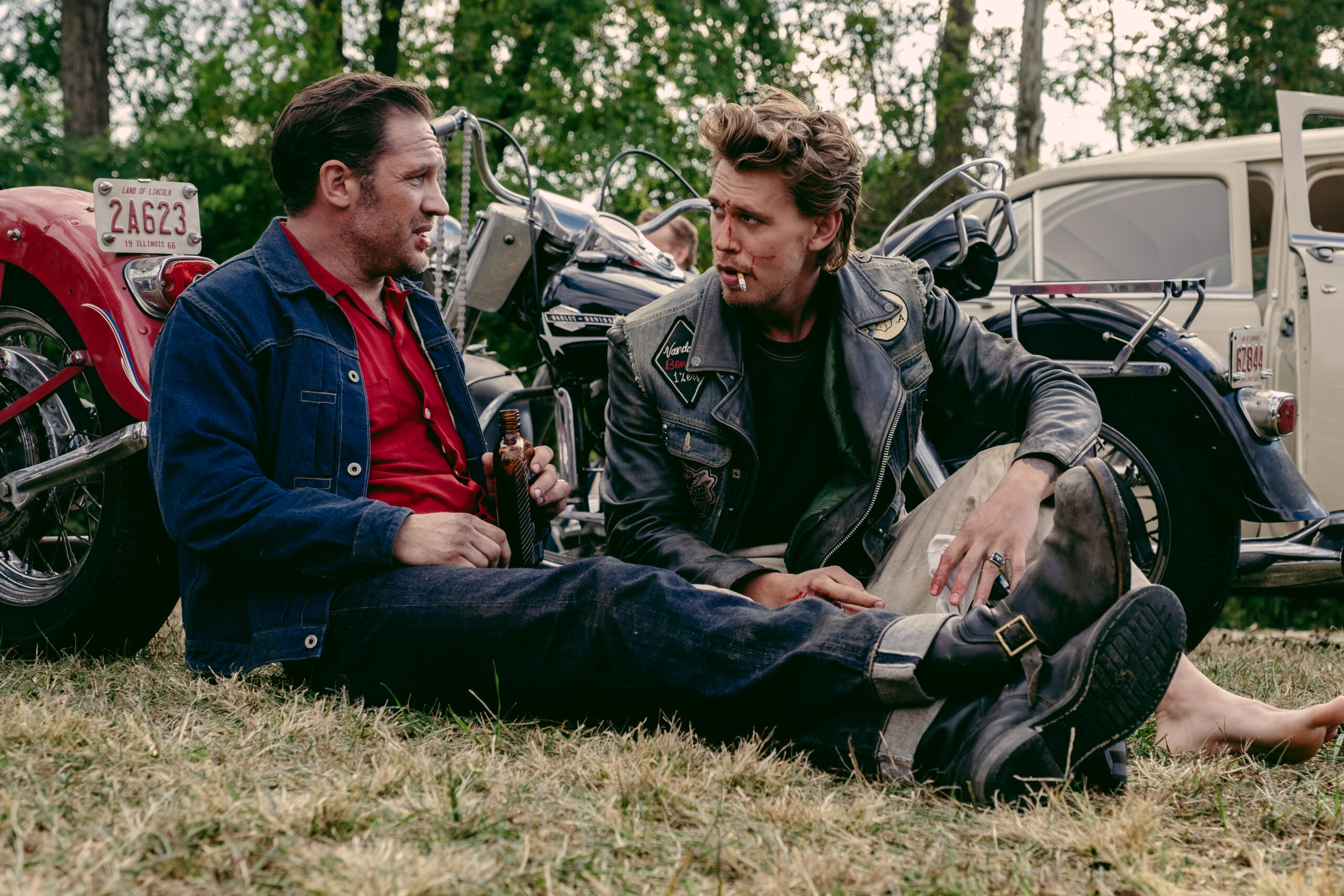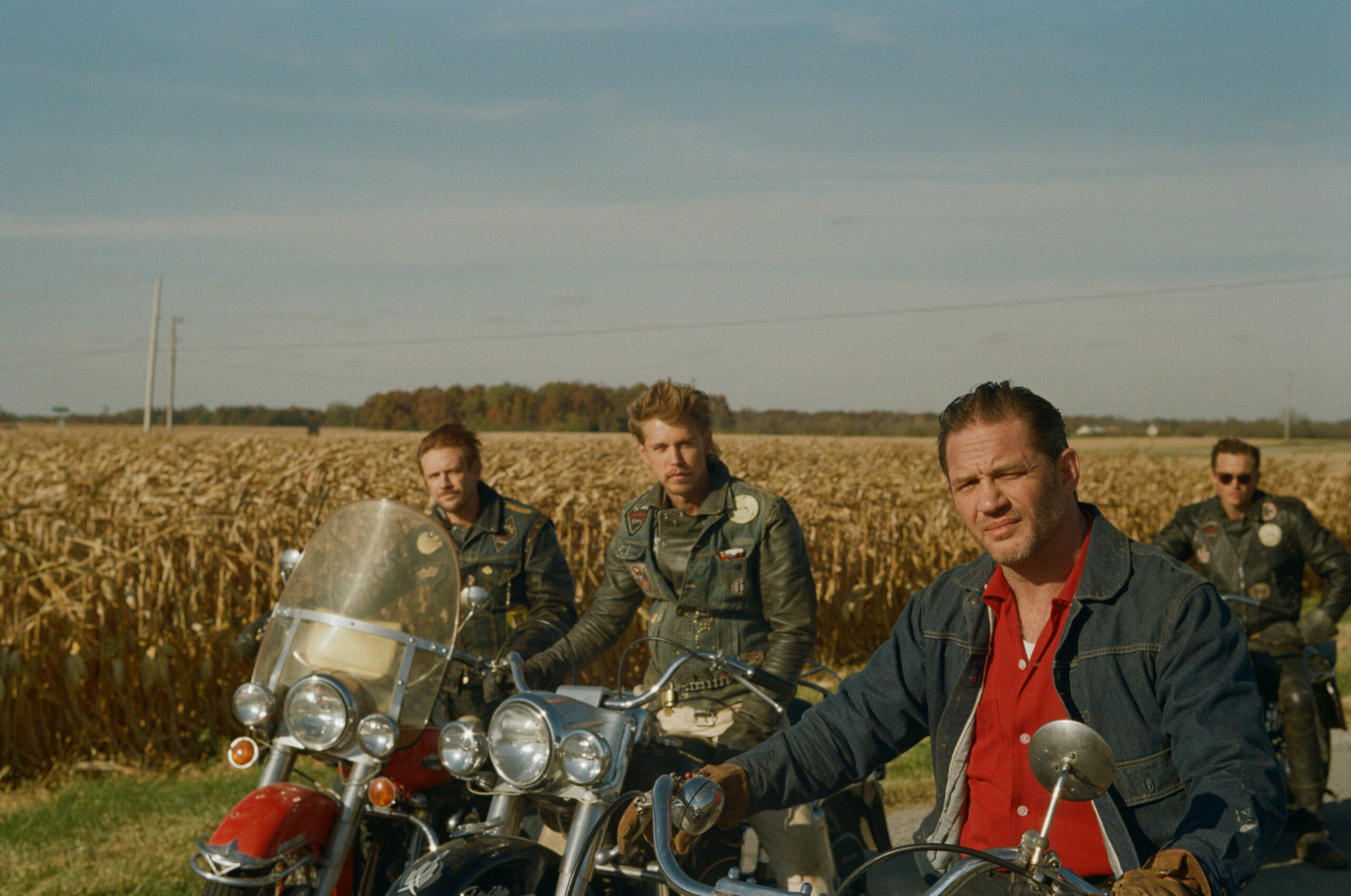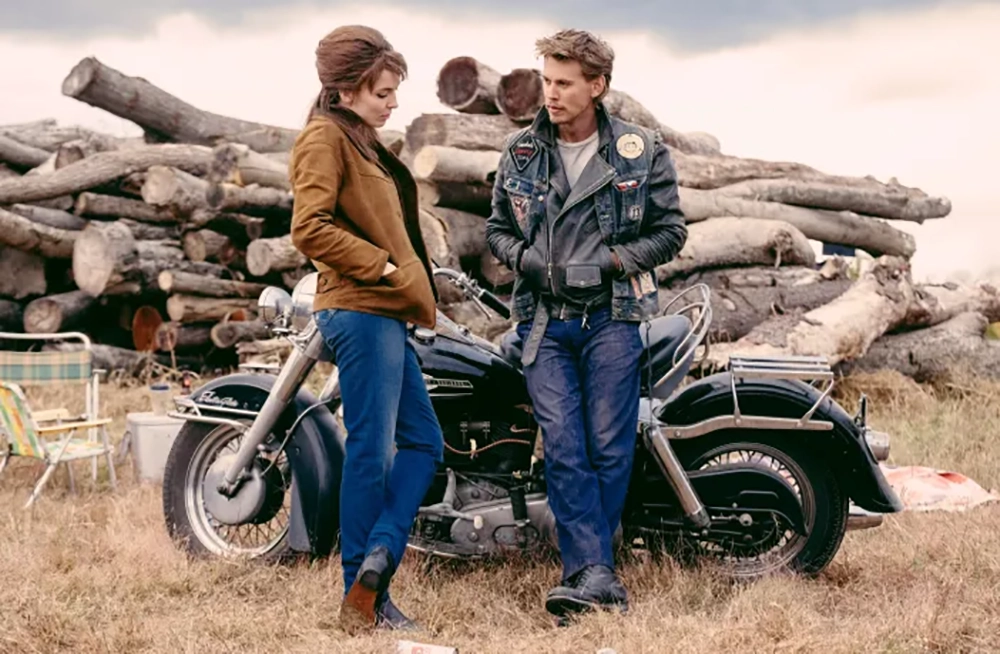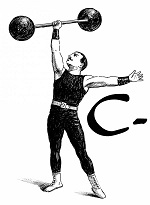In 1969, one of the most influential American films of all time was released: “Easy Rider,” by Dennis Hopper. It hit cinemas at a time of great importance when the world and Hollywood were amidst significant change and chaos. The film let everyone know that directors could make personal projects that cost little to nothing and earn money. (“Easy Rider” cost four hundred thousand dollars and made over sixty million.) This erased the stigma that only a specific type of picture could be made and earned plenty of money for studios, both at the top and on the rise. Traditional moviemaking was still in. But the avant-garde and experimental styles were slowly coming out of the shadows.
Jeff Nichols and ‘Easy Rider’
New directors were born from the flame that Hopper and his film managed to create. Since then, “Easy Rider” remains a staple in American cinema. Its magic touch travels through generations. Flash forward to today, filmmakers like Jeff Nichols got that influence with a second (or third) hand, yet still, the spirit of “Easy Rider” lay highly above his head and filmography. Nichols, often affiliated with “folk cinema” or art of Americana, has an interesting directorial eye that lands between independent and industrial. Yet, when he is at the best of his abilities, his work contains a certain cinematic prose that contains Nichols’ work in a distinguishable place.
Nichols uses his backdrops as the guidelines for his films’ atmospheric feeling, whether it be one filled with dread (“Take Shelter”) or devotion (“Loving”). These narrative and storytelling choices tie the American filmmaker to the influence of “Easy Rider”. In his latest work, “The Bikeriders,” he has decided to take the influence on a more literal level, ditching the figurative guidance by opting for a more traditional way of filmmaking that is too neatly put together for its good. This glossier look and focus on the theatrics rather than the intricate character development strips “The Bikeriders” from what made his work so compelling in the first place.
Inspired by Danny Lyon’s photography book of the same name, “The Bikeriders” tells its tale, albeit shorthanded, about doomed romance and brotherhood by blood and bones, majorly through flashbacks and voiceovers. This decision will rub many viewers off immediately. This is all a retelling of memories and moments that left a mark on Kathy’s (Jodie Comer) life as she is being interviewed by Danny Lyon (Mike Faist) about her experiences with the Vandals, a Chicago biker gang from the 60s. Lyon is particularly interested in her relationship with one of the gang’s heads, Benny (Austin Butler), with whom she had an inseparable kinship amidst the constant threat of his lifestyle.

The Vandals’ Lack of Characterization
Their story begins in 1965 when a meeting with a friend ends as an experience Kathy will never forget. This is the day she first met Benny. Upon a glance, destiny pulls them together. Butler oozes confidence and a macho aura, while Comer shines a light on his inner darkness. Kathy doesn’t know if leaving his boyfriend from back home for the young rebel is right. But the magnetism between the two causes an indivisible reaction. Kathy described Benny as silent but deadly. Nichols assigns the marquee trope tied to men who undergo dangerous lifestyles.
It is needless to say, Austin Butler is dashing. The “Elvis” actor looks like a model for a perfume ad in each frame. He channels his inner James Dean or River Phoenix. But Benny is a wild man who can’t control himself in the worst situations. Somehow, you understand him, as this gang is his family, the only thing he cared for until Kathy crossed his way. This crew of wanderers–men lost in the world–joined together as a last resort, resulting in a brotherhood. Unfortunately, apart from a few descriptions in the narration, we never get to know these souls one bit. “The Bikeriders” does not explore the freedom and male ego associated with motorcycle gangs.
The traits of hypermasculinity, violence, and nonconformism are put to the side, alongside the characters that contain these, which already makes the film’s title entirely redundant since most of the “bike riders” are unimportant in this narrative. They are placed onto the scenery to fit the photography book background. You get these captivating frames—captured by cinematographer Adam Stone (“Take Shelter,” “Compliance”)—paired with detailed costumes and looks without much diction or expression. They are superficial, left unexplored, and part of the elegance rather than complex people whom we would like to analyze. We came up with our conclusions about why they joined and how this period affected their lives.
A “Tell, Not Show” Storytelling Approach
The main focus, and easily the most fascinating part of “The Bikeriders,” is Kathy and Benny’s relationship, which grows and deteriorates as the life of crime and shifts in the world gets ahead of him. The two reflect on his life outside the gang and whether he should follow the current leader’s footsteps. Their relationship is intimate and passionate, as told by the overbearing narration. However, Nichols doesn’t take the time to demonstrate this devotion on-screen. There is no other scene besides the “love at first sight” moment in the bar that contains this passion. Having the film center around a relationship that the director leaves incomplete and lacking connection is yet another deteriorating factor.

This crucial issue leaves the story colder than it needs to be. Nichols approaches a “tell, not show” technique to develop the story within the confines of Lyon’s interview Lyon. But even then, the screenplay is just too manufactured and without vigor, which makes the narration feel like a droll. If it weren’t for Comer’s soothing voice (and nailing the Chicago accent), this storytelling technique would have been grating. This is the gateway for the rest of the film’s problems. The lack of cohesion in the narrative vision to scope out what the themes entail anchors this problem. There are many details, events, or incidents that we have to take Kathy’s word for them.
Some of these scenes are not consequential. Others do feel necessary to keep the film more lenient on its meticulous thematic explorations. Jeff Nichols doesn’t take the effect of the Vietnam War on the new aimless youth searching for individual freedom. But the aesthetic of “Easy Rider”. He taps into the feeling and look of the bikers without engaging with what they represent. Peter Fonda and Dennis Hopper’s characters go through a cross-country journey into the underbelly of a broken America. They experience the different perspectives of life and freedom during this period. Meanwhile, Nichols’ “The Bikeriders” is a postage stamp of a lost time in U.S. history without the glue that holds the emblem of that period onto the canvas.
“The Bikeriders” hit theaters worldwide theaters on June 21, 2024.



